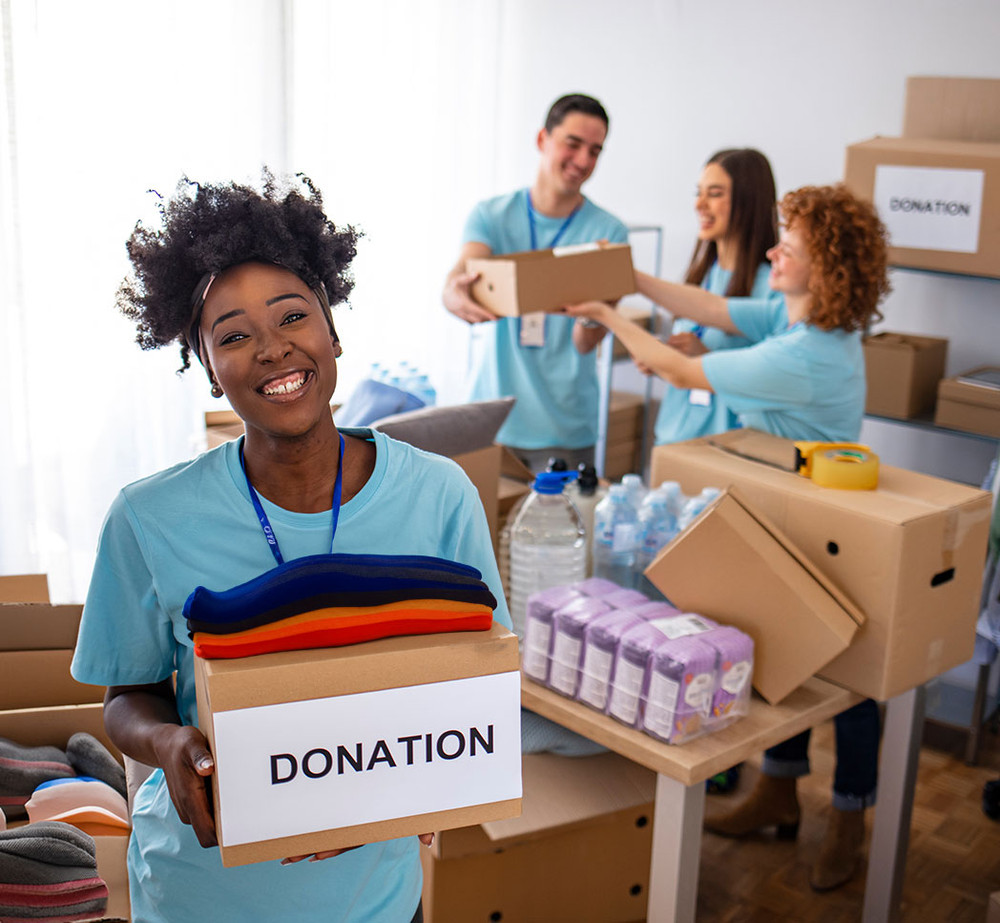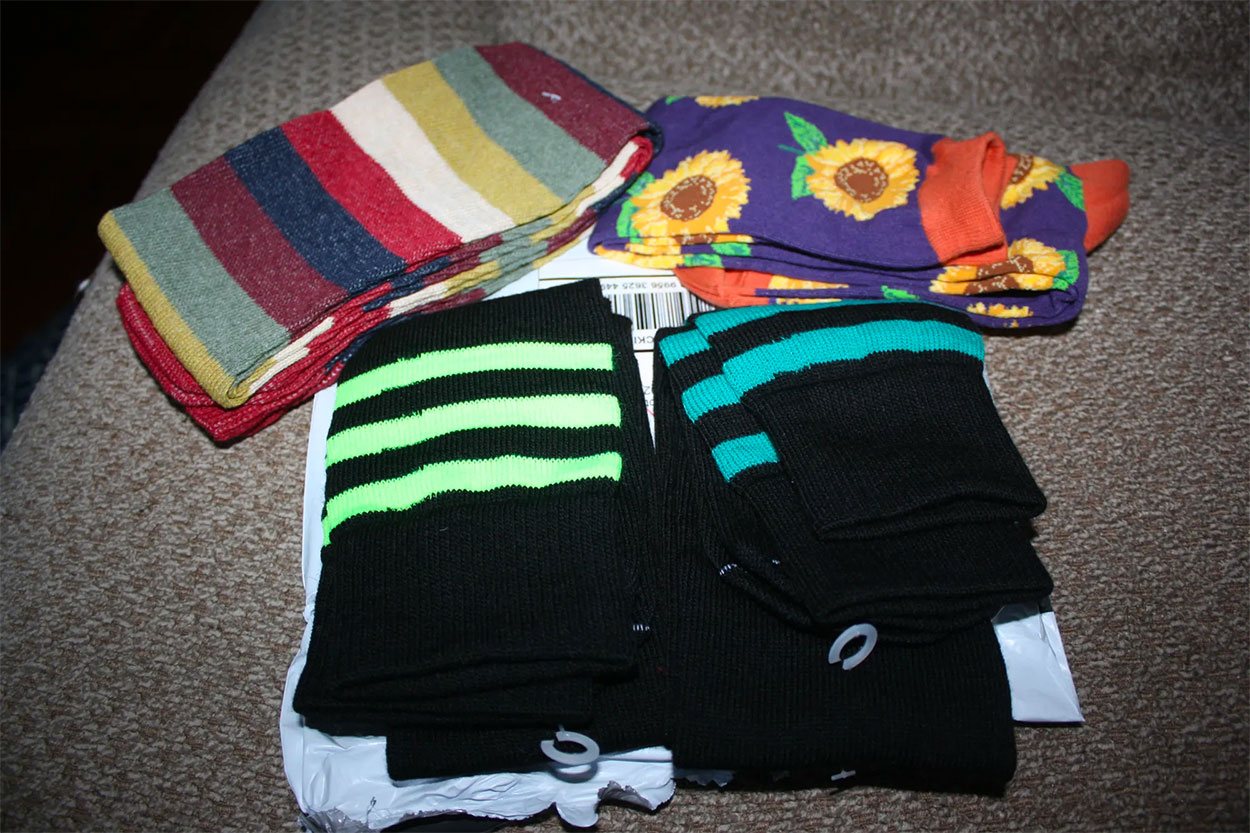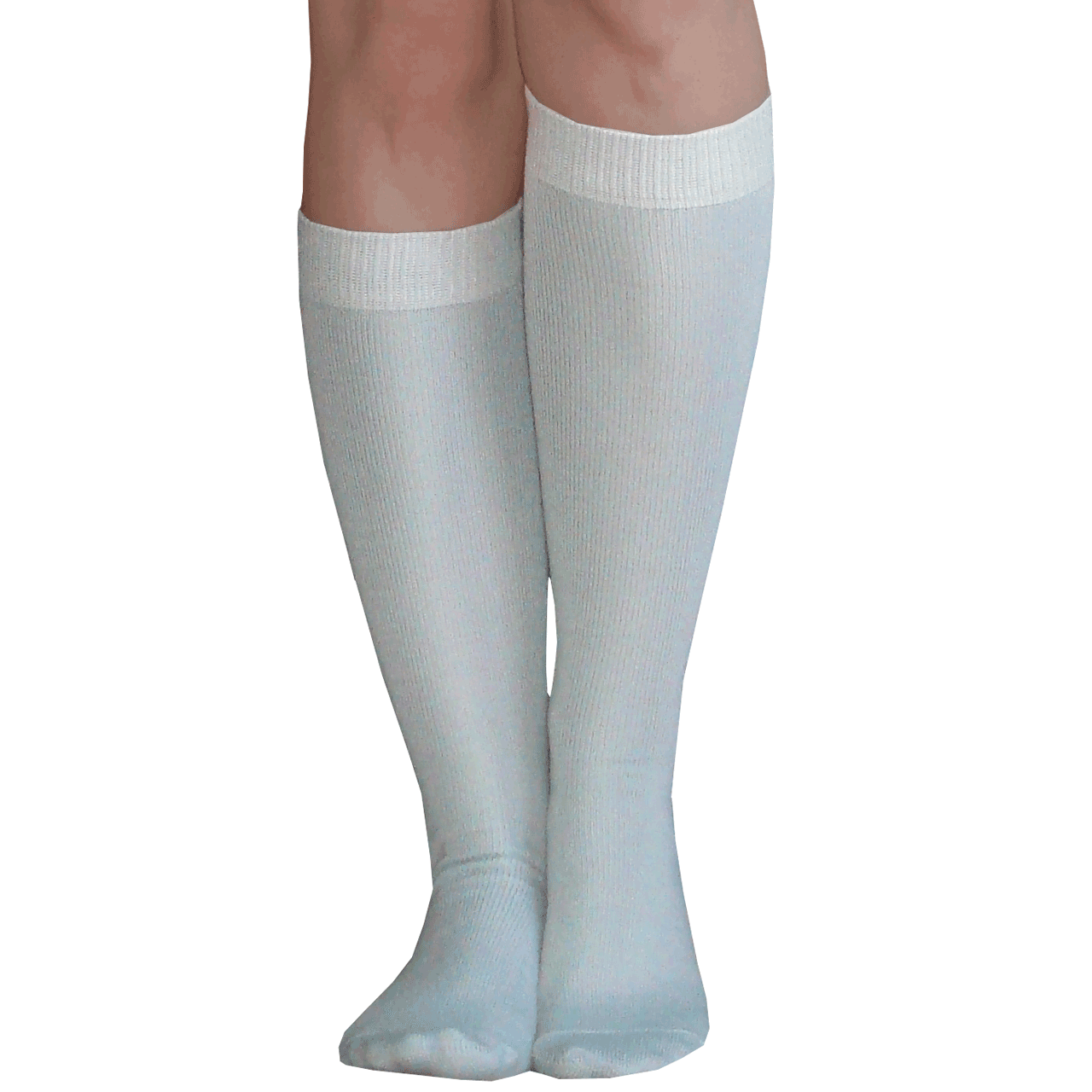The Importance of Socks for the Homeless
Every night, thousands of people around the world find themselves without a place to call home. They face unimaginable challenges, struggling to meet their basic needs of food, shelter, and warmth. Among these essential needs, one item often goes unnoticed and unappreciated – socks. While socks may seem like a simple item, they play a crucial role in the lives of homeless individuals, offering both physical and psychological benefits. Understanding the importance of socks is key to addressing the needs of the homeless population and supporting their journey towards stability and empowerment.
Understanding the Homelessness Crisis
To comprehend the significance of socks for the homeless, it is essential to first gain insight into the complexity of the homelessness crisis. Homelessness is not just a local problem; it is a global issue that affects millions of individuals across the world. From bustling cities to remote rural areas, people from all walks of life find themselves without a place to call home. Economic disparities, lack of affordable housing, unemployment, mental health issues, and domestic violence are just a few of the factors contributing to homelessness.
Imagine a young woman, forced to leave her home due to an abusive relationship, seeking refuge on the streets. Or a war veteran, struggling with post-traumatic stress disorder, unable to find stable employment and ending up without a roof over his head. These are just two examples among countless others, illustrating the diverse circumstances that can lead to homelessness.
The Scope of Homelessness Worldwide
Homelessness is not confined to any particular region or country – it knows no borders. According to the World Bank, an estimated 150 million people worldwide are homeless or live in inadequate housing conditions. This staggering number reminds us of the urgent need to address the challenges faced by homeless individuals and find sustainable solutions.
Consider the bustling streets of major cities like New York, London, or Tokyo. Among the towering skyscrapers and bustling crowds, there are hidden pockets of homelessness. People huddled in doorways, seeking shelter from the elements, their stories often overlooked amidst the urban chaos. But homelessness extends far beyond these metropolises. In rural areas, where resources are scarce and opportunities limited, individuals and families struggle to find stable housing, often living in makeshift shelters or even their cars.
Factors Contributing to Homelessness
Understanding the factors that lead to homelessness is crucial in addressing the root causes of the crisis. While each individual's journey into homelessness is unique, common factors include job loss, poverty, lack of affordable housing, addiction, mental health issues, and systemic barriers. By examining these underlying causes, we can work towards creating effective interventions and support systems to prevent homelessness and provide long-term solutions.
Unemployment, for instance, plays a significant role in pushing individuals and families into homelessness. A sudden job loss, coupled with a lack of savings or a support network, can quickly spiral into a dire situation. Without a stable income, paying rent or mortgage becomes impossible, leading to eviction and ultimately homelessness.
Mental health issues also contribute to the homelessness crisis. Many individuals struggling with mental illnesses find it challenging to maintain stable employment or secure affordable housing. The lack of access to mental health services and the stigma surrounding mental illnesses further exacerbate the problem, leaving these vulnerable individuals without the support they desperately need.
Additionally, systemic barriers such as discrimination, inadequate social safety nets, and limited affordable housing options disproportionately affect marginalized communities. People of color, LGBTQ+ individuals, and those with disabilities often face additional hurdles in accessing housing and employment opportunities, increasing their risk of homelessness.
By addressing these factors and working towards comprehensive solutions, we can make significant strides in combating homelessness. It is not just about providing temporary relief, but rather creating a society where everyone has access to safe and affordable housing, employment opportunities, and the support they need to thrive.
The Basic Needs of Homeless Individuals
When addressing homelessness, it is important to recognize the basic needs that must be met to ensure the well-being of individuals living on the streets. While food, shelter, and warmth are commonly acknowledged as essential needs, an often overlooked item is socks.
Homelessness is a complex issue that affects millions of people around the world. It is a situation that can arise from a variety of circumstances, such as job loss, mental health issues, or domestic violence. Regardless of the cause, homeless individuals face numerous challenges in meeting their basic needs on a daily basis.
Food and Water
Access to nutritious food and clean water is essential for survival and maintaining good health. Many organizations and charities focus on providing meals and safe drinking water to homeless individuals. However, the significance of socks in enhancing their overall well-being often goes unnoticed.
When we think about hunger, we often think of the lack of food. However, the lack of clean socks can also have a significant impact on a person's well-being. Socks provide warmth and protection for the feet, preventing blisters, sores, and other foot-related issues. Without clean socks, homeless individuals are more susceptible to foot infections and diseases.
Shelter and Warmth
Securing safe and warm shelter is a top priority for homeless individuals, especially during harsh weather conditions. While shelters provide protection from the elements, they often lack resources like clean and dry socks, which are crucial for warmth and maintaining foot health.
Imagine being homeless during the winter months, with freezing temperatures and snow-covered streets. The lack of proper footwear, including clean socks, can lead to frostbite and other serious health complications. By providing homeless individuals with clean socks, we can help protect them from the harsh realities of living on the streets.
Clothing Essentials
Having clean and appropriate clothing is not only a matter of comfort but also dignity. Homeless individuals face immense challenges in finding clean clothes, and socks are among the most needed items. Clean socks contribute to improved foot hygiene and help prevent infections, which can have serious implications for overall health.
It is important to remember that homelessness can be a long-term situation for many individuals. Without access to clean socks, they are forced to wear the same pair for extended periods of time, leading to discomfort and health issues. By providing homeless individuals with clean socks, we can help restore a sense of dignity and improve their overall well-being.
In conclusion, while food, shelter, and warmth are crucial needs for homeless individuals, the importance of socks should not be underestimated. Clean socks not only provide warmth and protection but also contribute to improved foot hygiene and overall health. By recognizing and addressing this often overlooked need, we can make a significant impact in the lives of homeless individuals.
The Often Overlooked Importance of Socks
Although socks may seem insignificant to some, they play a vital role in the lives of homeless individuals. From physical health benefits to psychological well-being, the impact of socks should not be underestimated.
When we think about the basic needs of homeless individuals, socks may not be the first thing that comes to mind. However, living without access to clean and dry socks can have dire consequences on foot health. Homeless individuals often face challenges such as blisters, calluses, fungal infections, and even trench foot – a serious condition caused by prolonged exposure to damp and unsanitary conditions.
Imagine walking miles upon miles each day, with no protection for your feet. The constant friction and moisture can lead to painful blisters and calluses, making each step excruciating. These foot problems not only cause physical discomfort but can also make it difficult for individuals to perform everyday tasks or seek employment.
Furthermore, the lack of clean socks can result in fungal infections, such as athlete's foot. This condition causes itching, burning, and cracking of the skin, making it incredibly uncomfortable for those already living in challenging conditions. Left untreated, these infections can worsen and lead to more serious complications.
One of the most severe foot conditions that homeless individuals face is trench foot. This condition occurs when feet are exposed to wet and unsanitary conditions for extended periods. The constant moisture and lack of proper foot care can lead to tissue damage, infection, and even amputation. By providing socks, we can help alleviate these health issues, offering much-needed relief and preventing further complications.
While physical health is important, we must not overlook the psychological impact of clean socks. Many homeless individuals experience feelings of isolation, helplessness, and insecurity. The simple act of changing into clean socks can provide a sense of normalcy and comfort, boosting their self-esteem and overall well-being.
Imagine being in a situation where you have no permanent home, no privacy, and limited access to basic hygiene. In such circumstances, having a clean pair of socks can make a world of difference. It can provide a small sense of dignity and self-worth, reminding individuals that they are not forgotten and that someone cares about their well-being.
Moreover, clean socks can also help homeless individuals establish connections and build relationships. When individuals have clean and presentable feet, they are more likely to engage in social interactions, seek employment opportunities, and participate in community activities. Something as simple as a pair of socks can open doors to a brighter future.
In conclusion, the importance of socks for homeless individuals cannot be overstated. They are not just a basic necessity but a lifeline for foot health and overall well-being. By providing socks, we can make a significant impact on the lives of those experiencing homelessness, offering them comfort, dignity, and hope for a better tomorrow.
How Socks Can Make a Difference
Understanding the importance of socks opens up opportunities to make a meaningful impact on the lives of homeless individuals. Socks can serve as a powerful tool in both preventing diseases and empowering individuals to take control of their lives.
Homelessness is a complex issue that affects millions of people worldwide. It is a situation that often leaves individuals vulnerable to various health risks, including foot-related infections. The lack of access to clean and dry socks can exacerbate these risks, leading to painful and debilitating conditions. However, by providing homeless individuals with clean socks, we can significantly reduce the risk of foot-related infections and improve their overall well-being.
The Role of Socks in Preventing Diseases
Providing clean and dry socks to homeless individuals significantly reduces the risk of foot-related infections. Homeless individuals often have limited access to proper foot hygiene, making them more susceptible to conditions such as athlete's foot, blisters, and fungal infections. These ailments can cause immense discomfort and pain, making it even more challenging for individuals to navigate their already difficult circumstances.
By offering clean socks, we not only provide immediate relief but also contribute to preventing the spread of diseases. Foot-related infections can easily spread in crowded shelters or encampments, putting the entire homeless community at risk. By addressing this issue at its root, we minimize the burden on healthcare systems and further support individuals in their journey towards stability and well-being.
Moreover, clean socks can also help alleviate other health issues that homeless individuals face. For instance, they can help regulate body temperature, preventing conditions like hypothermia during colder months. By keeping feet warm and dry, socks play a vital role in maintaining overall health and preventing further complications.
Socks as a Tool for Empowerment
For homeless individuals, often caught in a cycle of despair, a simple pair of clean socks can have a profound impact. Socks symbolize care, compassion, and hope. By providing socks, we send a powerful message – that they are seen, valued, and deserving of support. This act of kindness can inspire individuals to seek the assistance they need to rebuild their lives.
When homeless individuals receive clean socks, it not only meets a basic need but also restores a sense of dignity and self-worth. It shows them that someone cares about their well-being and recognizes their humanity. This small act of kindness can have a ripple effect, motivating individuals to take steps towards improving their situation.
Furthermore, socks can serve as a gateway to other essential services and resources. When individuals receive socks, it opens up opportunities for engagement and connection with outreach workers and service providers. These interactions can lead to access to healthcare, housing assistance, job training, and other vital support systems that can help individuals break free from the cycle of homelessness.
In conclusion, the impact of socks on homeless individuals goes beyond providing warmth and comfort. Socks play a crucial role in preventing diseases, reducing healthcare burdens, and empowering individuals to take control of their lives. By recognizing the significance of socks and taking action to provide them to those in need, we can make a tangible difference in the lives of homeless individuals and contribute to creating a more compassionate and inclusive society.
Ways to Contribute to the Cause
Understanding the critical role of socks in the lives of homeless individuals, there are various ways to contribute to the cause and make a difference.
Homelessness is a complex issue that affects millions of people around the world. It is a situation that can arise due to a variety of circumstances, such as job loss, mental health issues, or lack of affordable housing. In such challenging times, even the smallest acts of kindness can go a long way in providing comfort and support to those in need.
Organizing Sock Drives
Organizing sock drives in your community or workplace is an effective way to collect essential items for those in need. Encourage others to donate new and clean socks, and partner with local charities or shelters to ensure the socks reach the intended recipients.
Imagine the joy and relief that a fresh pair of socks can bring to someone who has been walking the streets for days, facing the harsh elements without proper protection. Socks not only provide warmth and comfort but also help prevent foot-related health issues that can arise from prolonged exposure and lack of proper footwear.
By organizing a sock drive, you can make a tangible difference in the lives of homeless individuals. It is an opportunity to rally your community together, fostering a sense of compassion and solidarity.
Spreading Awareness about the Issue
Educating others about the importance of socks for homeless individuals is vital in raising awareness and encouraging support. Share stories, statistics, and personal experiences to highlight the significance of this often overlooked item. Empower others to take action and contribute to the cause.
Many people are unaware of the challenges faced by those experiencing homelessness. By spreading awareness, you can help break down stereotypes and misconceptions, fostering empathy and understanding. Use your voice and platforms to advocate for change and inspire others to get involved.
Consider organizing educational events or workshops to engage your community in meaningful conversations about homelessness. Invite speakers who have lived experience or professionals working in the field to provide insights and share practical ways to make a difference.
Remember, every effort counts, no matter how small. By contributing to the cause, you are not only providing socks but also offering hope and dignity to those who need it most. Together, we can create a society that supports and uplifts every individual, regardless of their circumstances.
The Future of Homelessness and the Role of Socks
The fight against homelessness requires comprehensive and sustainable solutions. By recognizing the vital role of socks in addressing the needs of homeless individuals, we can work towards a future where everyone has access to safe shelter, essential resources, and the support needed to thrive.
Potential Solutions to Homelessness
Addressing homelessness requires a multifaceted approach. It involves creating affordable housing options, providing access to healthcare and mental health services, promoting job training and employment opportunities, and fostering a compassionate and inclusive society. By tackling the root causes of homelessness, we can make significant progress in ending this crisis.
The Continued Importance of Socks in the Future
As we envision a future free from homelessness, it is crucial to recognize that the importance of socks will remain. Socks are not just a temporary solution but a lasting necessity for homeless individuals. By continuing to prioritize the provision of clean socks, we can ensure the well-being, health, and dignity of those who need it most.
In conclusion, socks may seem like a small and ordinary item, but their significance for homeless individuals is immeasurable. From physical health benefits to psychological well-being, the role of socks cannot be overlooked. By understanding the needs of homeless individuals and striving to meet them, we can make a positive impact on their lives and contribute to a future where everyone has a place to call home.




